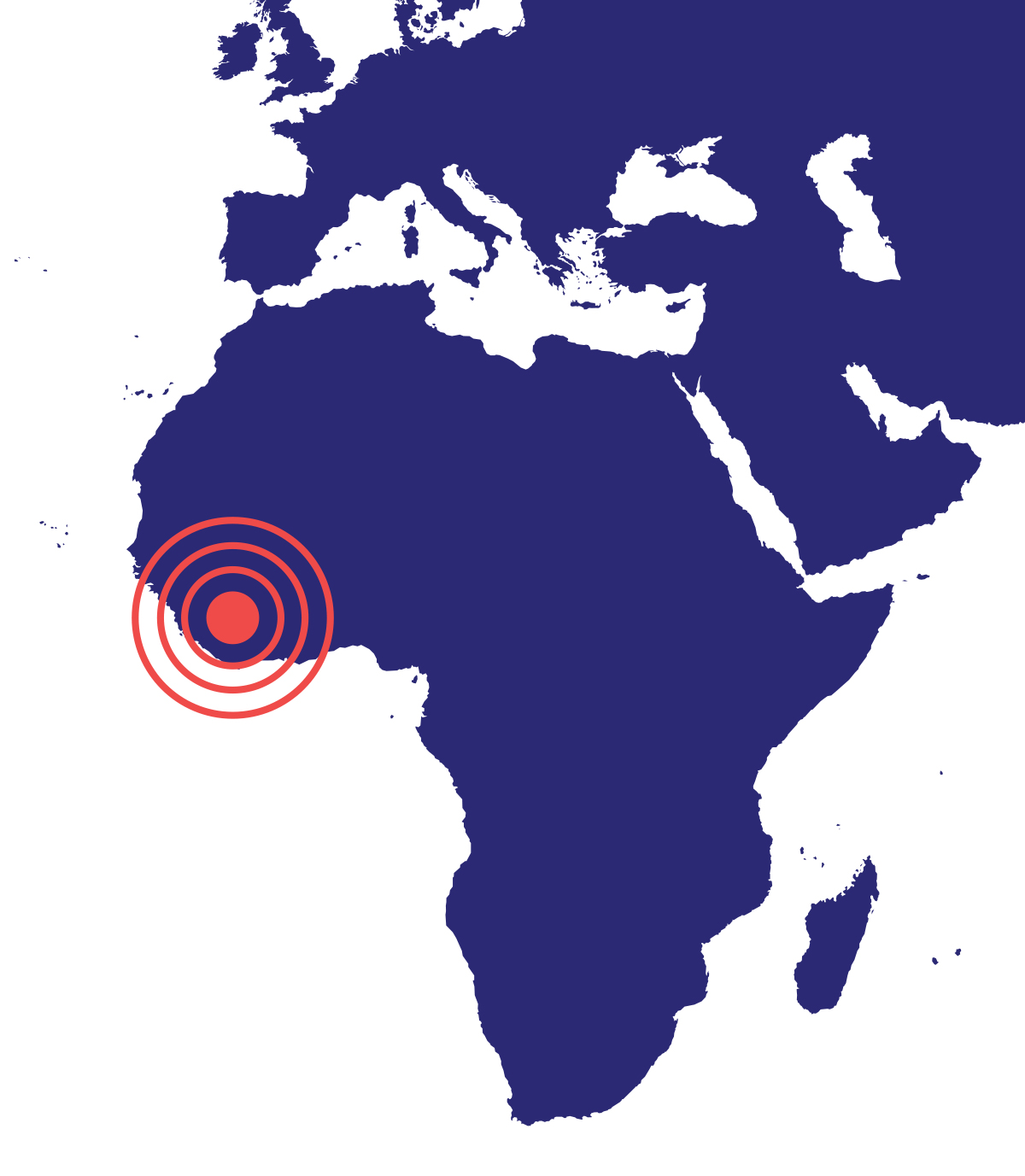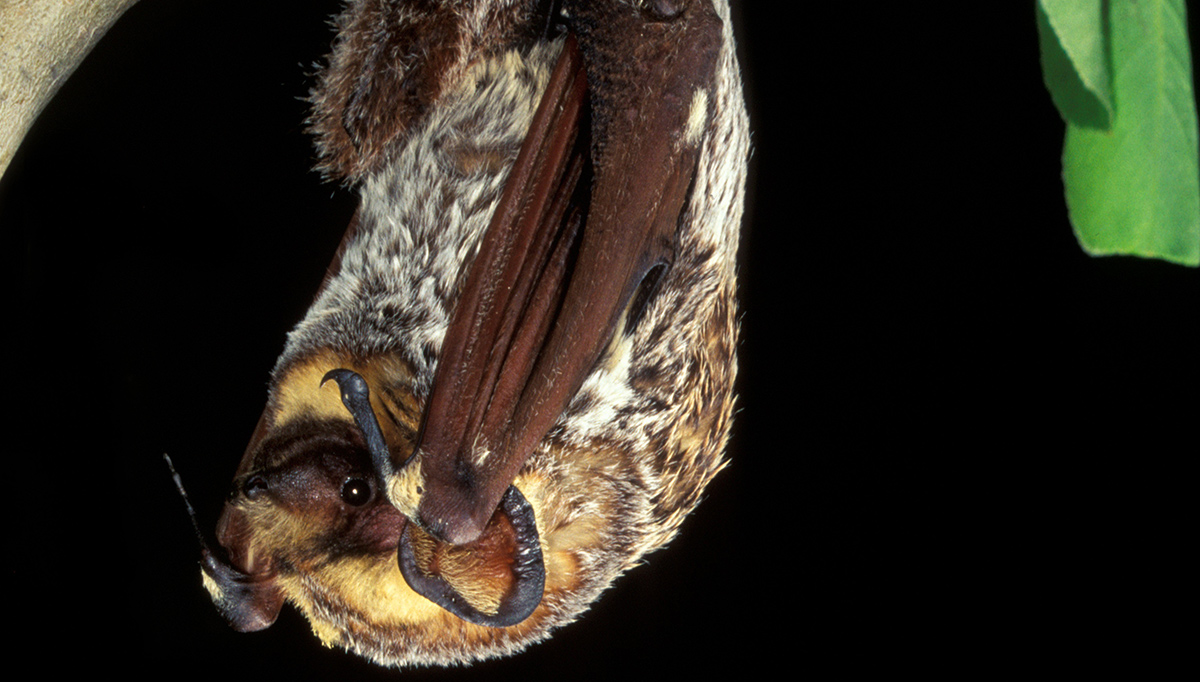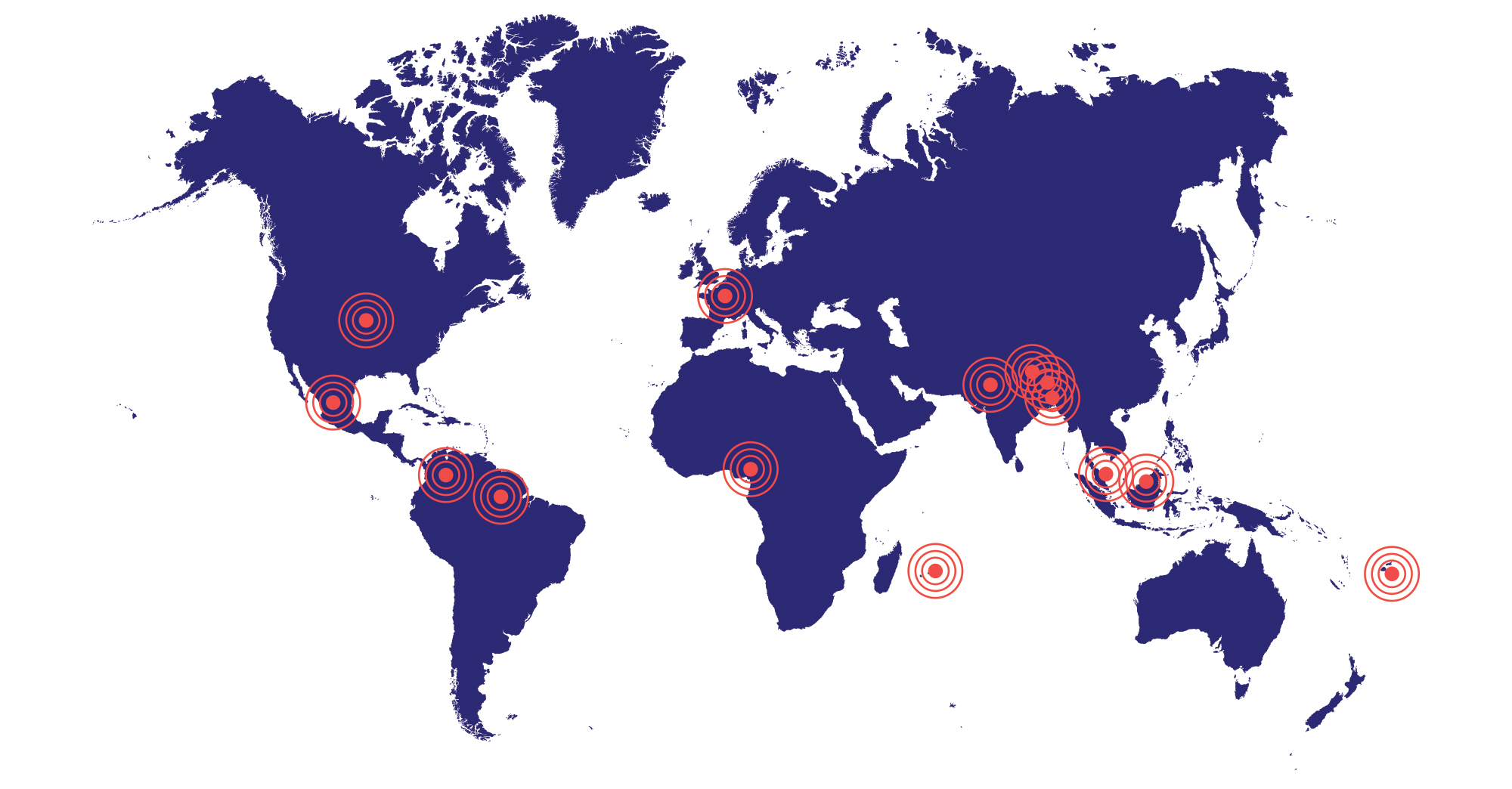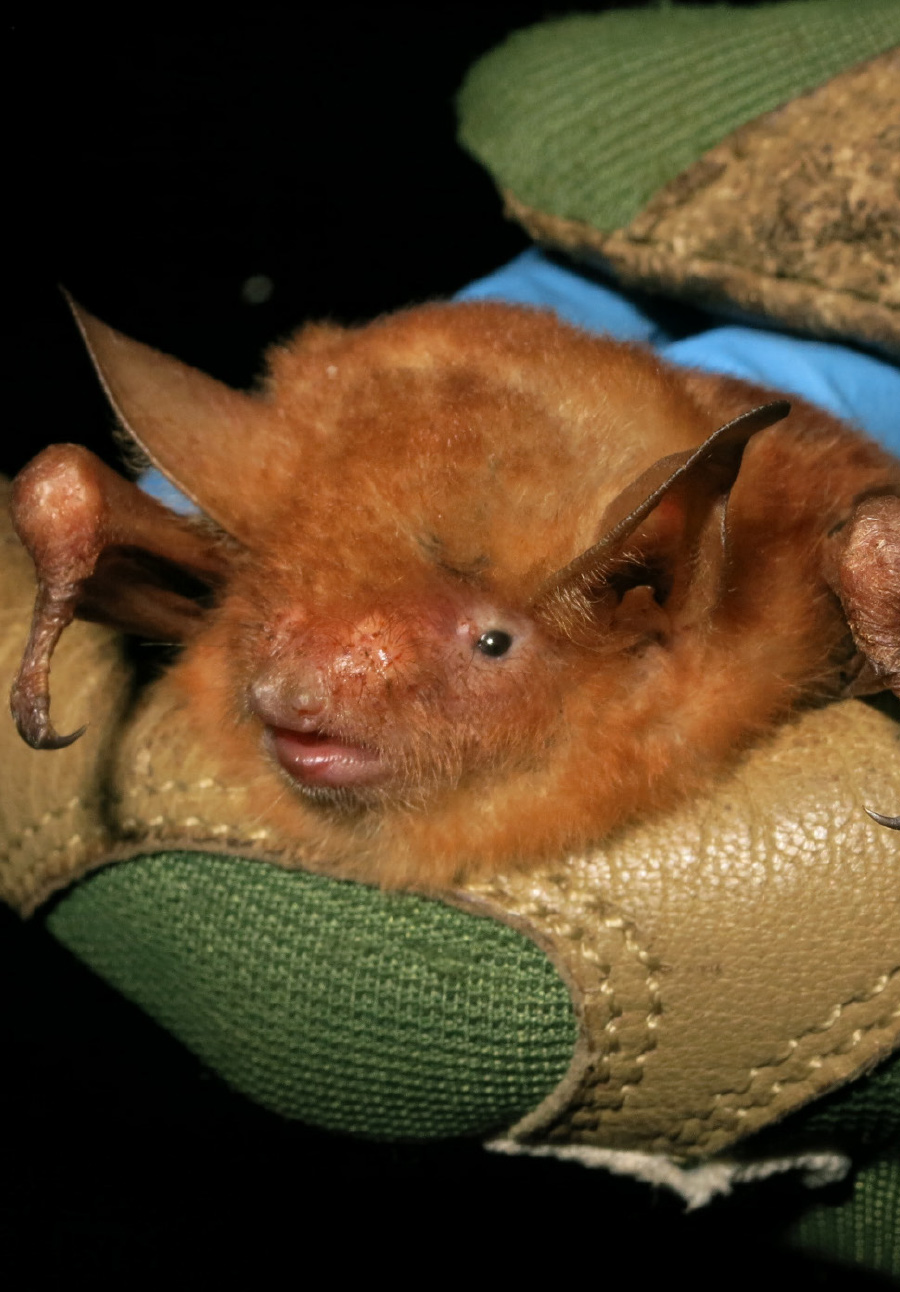Mission 3
and Scalable
Solutions

Data Scientist
White-nose Syndrome helps assess the
overall health of North American bats.
Photo by Rachel Harper.
Northern Michigan
near hibernation roosts to attract insect prey.
Photo by Dr. Winifred Frick.
Applying science and seeing results
The study is intended to combat the massive death toll White-nose Syndrome (WNS) has had on millions of North American bats. WNS leads to a cruel fate. The fungus causes bats to rouse from hibernation and expend body fat necessary to survive the winter months when insect prey is unavailable. Could a higher percentage of body fat before hibernation spare more bats from the fatal consequences of WNS? BCI is determined to find out.
Beginning in the fall of 2019, at five sites with small remnant colonies of little brown bats in Michigan, BCI researchers conducted the first efforts to determine if bats will feed at prey patches. Covid-safe fieldwork was resumed in April 2021, when BCI researchers headed back to Michigan to test the food provisioning project during the bats’ spring emergence from hibernation. When bats emerge from hibernation, they have depleted fat reserves due to both hibernation and the effects of WNS.
Additional achievements regarding White-nose Syndrome
- Published a high-impact paper in Conservation Biology on the scope and severity of WNS impact on bats.
- Collaborated on a field trial on cave myotis in Texas to test vaccine efficacy against the fungal pathogen that causes WNS. BCI provided field support for this project that is led by the National Wildlife Health Center and Texas Parks and Wildlife Department.

Finding and documenting a colorful new bat species
In collaboration with the American Museum of Natural History, the researchers began a two-year process of gathering data — morphological, morphometric, echolocation, and genetic data, including comparative data from museum collections — to prepare all necessary scientific documentation to show that the unusual bat was indeed a species never before described. They named the new species Myotis nimbaensis (“from Nimba”) in recognition of the special mountain range where it was found.
Announcement of the new species was published in the scientific journal American Museum Novitates in January 2021 and soon captured international media attention in the New York Times and Washington Post, BBC World Service, and NPR’s Science Friday.

Chief Scientist

Working toward win-win solutions for bats & wind energy
Researchers from Bat Conservation International (BCI) seek to understand why bats are attracted to wind turbines and how seasonal migration patterns, weather configurations, geography, and insect activity influence the risk of bats being killed at wind turbines. Accelerating and applying research is key to developing wind energy technologies and industry standards to reduce the number of bat deaths at wind turbines. In 2021, BCI:
- Published a report of a meta-analysis that shows changing wind industry practices to stop wind turbine blades from spinning on nights with low wind conditions can on average reduce 50% of bat fatalities in North America.
- Tested two approaches to develop smarter ways to reduce bat fatalities and maximize energy generation at a wind energy facility in the midwestern USA. The research was funded by Department of Energy in collaboration with the Electric Power Research Institute and Renewable Energy Wildlife Institute.
- Convened strategy-building conversations among stakeholders regarding win-win ways to protect bats and facilitate green energy goals.

Photo by J. Scott Altenbach.
Fossil Beds National Monument, Clarno Unit, Oregon.
Photo by Michael Durham/Minden Pictures.
Monitoring trends to find solutions
Bat Conservation International (BCI) is a leading partner to the North American Bat Monitoring Program (NABat), an international collaboration with more than 160 groups contributing data for the purposes of bat conservation. NABat includes numerous U.S. and Canadian government agencies, academic institutions, and nonprofit organizations. Our BCI team provides leadership to the NABat program and is continually innovating with NABat partners to enhance data collection and processing, and to provide the most comprehensive effort to measure and monitor the status and trends of bats across the continent.
In 2021, one of our most significant accomplishments was working in partnership with the U.S. Fish and Wildlife Service and the U.S. Geologic Survey to analyze the current fate of three bat species – little brown bats, tricolored bats, and northern long-eared bats. Due to the severe impacts of White-nose Syndrome, these species are being considered for federal protection under the Endangered Species Act.
acoustic files
bat colony
count records
important bat research around the
world, with BCI’s support.
Photo by Amanda Adams.
Scholars around the world are the future of bat conservation
The scholars and their research projects were based in 12 countries including Bangladesh, Brazil, Cameroon, Colombia, Fiji, France, Malaysia, Mauritius, Mexico, Nepal, Pakistan, and the United States. Projects ranged from studying how bats pollinate durian fruit to how bats are affected by land-use changes. Additionally, we:
- Launched three new student scholar awards including the Thomas H. Kunz Innovation in Bat Research Honor; Promoting Diversity in Conservation Award; and Conservation Evidence Special Recognition.
- Created a Code of Conduct & Fair and Inclusive Training Opportunities Statement.

around the globe in 2021.
COVID-19
Photo by Bill Hatcher.
The science of climate adaptation
Bat conservation & COVID-19
In 2021, we:
- Co-authored publications, including scientific publications and fact sheets on bats and COVID-19, and widely distributed information to our partners and supporters.
- Provided reporters with scientific facts resulting in national media coverage such as PBS, CNN, and the New York Times.
- Launched an online web page dedicated to the latest news and information on bats and COVID-19.
- Hosted and participated in informative presentations.



